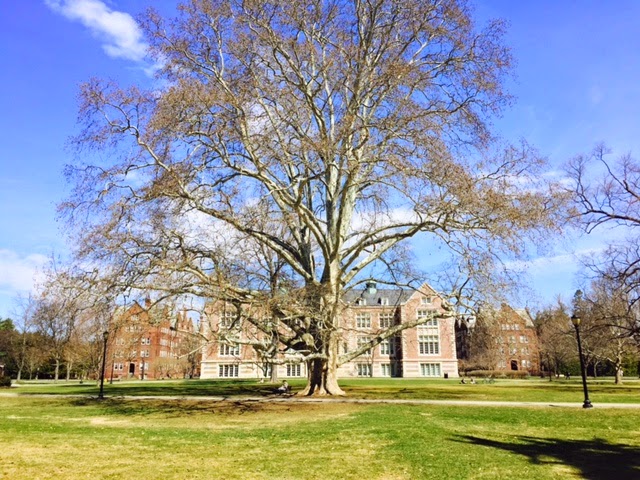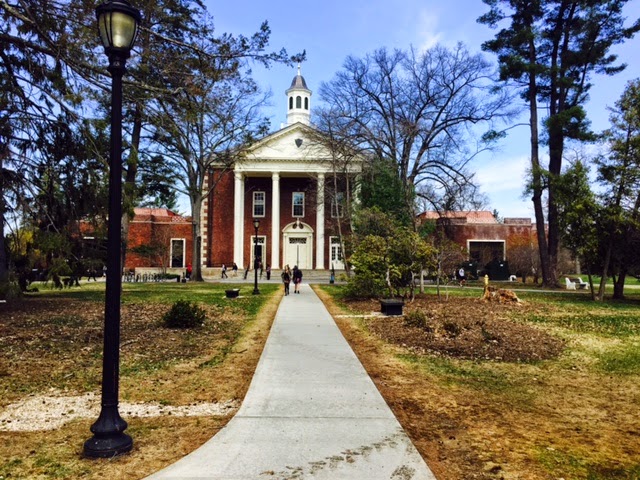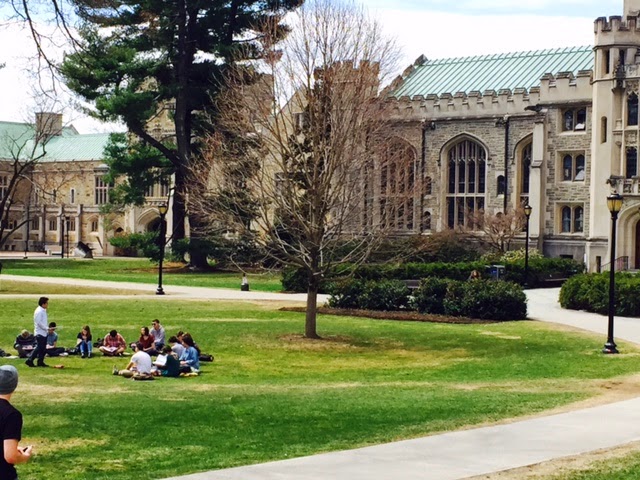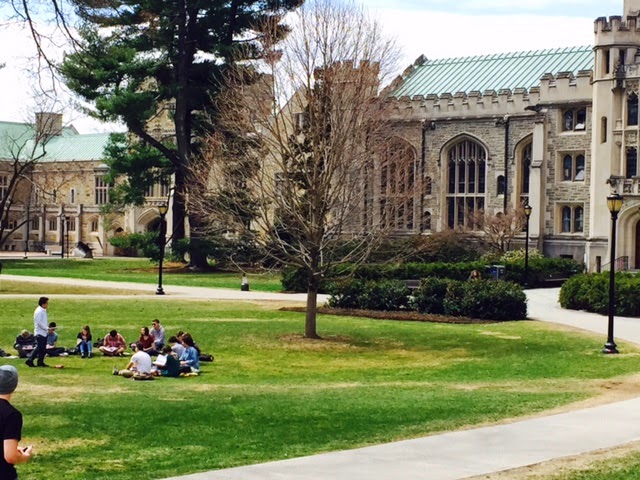Testing season is back…for seniors you are taking final shots at the SAT or ACT in hopes to raise your scores, and juniors you most likely are just beginning to plan your attack on which tests to take and when. Although there are many schools that are test-optional (meaning they do not require SAT or ACT scores for students to apply), the majority of colleges do need to see a score report from one of these tests. I think it is helpful to give a few more helpful tips about each test, so you can decide which will be the best representation of you when it is time to apply to college!
For seniors, you have a few more opportunities to improve your scores. Test dates still available are:
SAT
October 5th (Late registration-9/20)
November 2nd (Register by 10/3)
December 7th (Register by 11/8)
ACT
October 26th (Register by 9/27)
December 14th (Register by 11/8)
If any of your colleges require subject tests, please make sure you register for them and get that taken care of! Some schools require up to 3 Subject tests. Usually, colleges will accept one ACT score in place of a Subject test, but you should follow-up with the college to be certain.
Applying Early
If you are applying early action or early decision (most often with 11/1 or 11/15 deadlines) and you plan on taking the November SAT/Subject tests to improve your scores, please alert the school of this. On the Common Application, you will be able to indicate future test dates. However, it is best to contact admissions representatives directly and alert them of this, so hopefully they will wait until they receive those scores to make a decision.
In case you are still wondering if you should take one of these tests, please read the following information:
Length: Standard time of 3 hours and 45 minutes, consisting of 10 sections.
Format: The test is broken up into 3 math sections, 3 critical reading sections, and 3 writing sections. The tenth section is experimental, will not be scored, and will be either on math, critical reading, or writing. Although this section is experimental and will not be scored, students are unaware of which section is the experimental one. All sections are comprised of multiple choice questions, however, the writing section also includes an ESSAY and the math section also includes student response questions. The essay will always come first, with the rest of the sections to follow randomly.
Scoring: Each section is scored out of 800 points; therefore the highest possible score one can receive on the SAT is a 2400. The essay portion is scored 2-12 and is included in the overall writing score.
Guessing Penalty: There is a guessing penalty on the SAT, which means if you get a multiple choice question wrong; you will be deducted ¼ of a point. You will lose zero points for leaving a question blank. However, student response questions on the SATs should all be attempted, because you will lose points for either getting it wrong or leaving it blank.
Reporting Scores: Because of score choice, you can choose which test dates you report to colleges. You cannot choose an individual section to send (i.e. June math section), but if you send multiple tests dates, most colleges will super score the results, giving you the highest score possible for your report.
Length: Standard time of 3 hours and 25 minutes, consisting of 4 sections with an optional writing section (30 minutes long).
Format: The four sections are English, Math, Reading, and Science Reasoning. There is only one section for each subject area, so the sections are longer with fewer breaks than the SAT. The writing section is optional on the ACT, but some schools do require this part, when submitting the ACT scores.
Scoring: Each section is scored on a scale of 1-36 (36 is the best score one can receive). Overall, there is one ACT composite score, which is an average of all four sections.
Guessing Penalty: There is no guessing penalty on the ACT meaning you lose the same amount for an incorrect answer and a question left blank.
Reporting Scores: You have the option of sending or not sending any of the test date scores to colleges. However, because of the scoring methods, you cannot combine or super score ACT scores from multiple test dates.
Quick differences between the SAT and ACT
Science section: SAT- NO / ACT-YES
Trigonometry in math section: SAT- NO / ACT-YES
Multiple choice: SAT-mixture / ACT-ALL
Guessing penalty: SAT- YES / ACT- NO
It is also important to know that although both tests will focus on what you have picked up in high school, the ACT is more knowledge-based. Therefore, one easy way to decide which test is best for you is to look at your GPA and PSAT scores. For those who have a high GPA and low PSAT scores, the ACT may be the way to go for you. Regardless of GPA, for those who did well on the PSAT, then you might as well keep going with what worked for you!
So, in the end, how will you choose which test to take? Well luckily you don’t have to choose, because you can take both as often as needed! My advice is always to take the SAT at least once in junior year, and see how you do. If you do not feel comfortable and your scores are low, then look into the ACT option. Although the two tests are similar in some ways, as you have read there are many differences and students may perform better on one than the other. All schools will take both tests with equal validity, so find the one that best suits you and show yourself off to the colleges of your choosing!
-Mr. Joseph D. Korfmacher, MA






